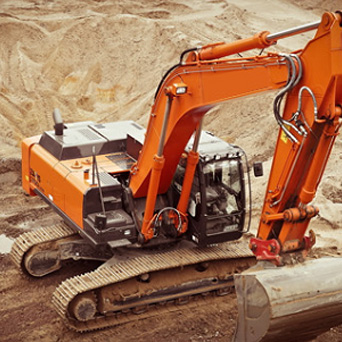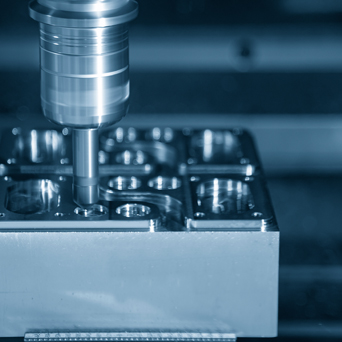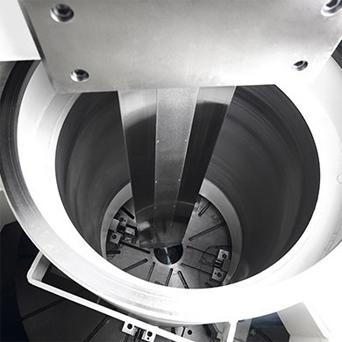Operating Principles and Components of Horizontal Turning Lathe Machines
When it comes to precision engineering and metalworking, horizontal turning lathes are essential machines for shaping and cutting metal workpieces. These versatile machines can perform various operations such as facing, turning, taper turning, threading, and drilling. In this blog, we will delve into the operating principles and components of horizontal turning lathes.
Introduction to Horizontal Turning Lathes
Horizontal turning lathes, also known as engine lathes, are machine tools designed for the precise machining of cylindrical workpieces. These machines have a horizontal bed and a headstock mounted on the carriage that holds the cutting tool. The workpiece is clamped onto the spindle and rotated while the cutting tool removes material to create the desired shape.
Operating Principles of Horizontal Turning Lathes
The primary operating principle of a horizontal turning lathe is to rotate the workpiece while a fixed cutting tool removes material to achieve the desired shape or dimension. The cutting tool can move longitudinally, transversely, or vertically to perform various machining operations. The spindle speed, feed rate, and depth of cut are critical parameters that determine the cutting process's efficiency and quality.
Horizontal turning lathes use a combination of rotational and translational motion to create complex shapes. The workpiece's rotational motion is controlled by the spindle speed, while the cutting tool's movement is controlled by the feed rate and depth of cut. By adjusting these parameters, operators can achieve precise and accurate machining results.
Components of Horizontal Turning Lathes
Horizontal turning lathes consist of several key components that work together to perform machining operations effectively. Some of the essential components include:
Bed: The bed is the foundation of the lathe machine and provides support for other components. It is typically made of cast iron and designed to withstand heavy loads and vibrations during the cutting process.
Headstock: The headstock houses the spindle that holds the workpiece and rotates it at the desired speed. It also contains gears and pulleys to change the spindle speed for different machining operations.
Carriage: The carriage is mounted on the bed and holds the cutting tool. It can move longitudinally along the bed to perform facing, turning, and other operations. The carriage also controls the feed rate and depth of cut.
Tailstock: The tailstock supports the other end of the workpiece and helps maintain rigidity during the cutting process. It can be adjusted to accommodate different workpiece lengths and provide additional support.
Applications of Horizontal Turning Lathes
Horizontal turning lathes are widely used in various industries, including automotive and manufacturing. These machines can produce a wide range of components such as shafts, bolts, screws, and gears with high accuracy and precision. Horizontal turning lathes are preferred for their versatility, efficiency, and reliability in producing complex parts.
In conclusion, horizontal turning lathes are indispensable machines for metalworking operations that require precision and accuracy. By understanding the operating principles and components of these machines, operators can utilize them effectively to produce high-quality components. Whether you are a seasoned machinist or a beginner, horizontal turning lathes offer endless possibilities for shaping and cutting metal workpieces.
-
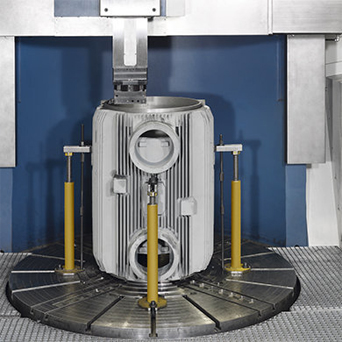
What Are the Contents of Daily Maintenance and Care for CNC Machine Tools?
With the development of science and technology, the automation and intelligence level of modern machinery manufacturing industry is getting higher and higher. CNC machine tools are increasingly applie... -
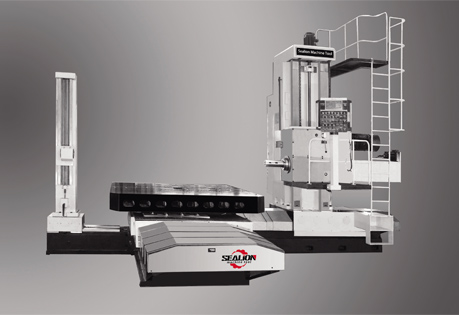
Factors Influencing Coaxiality of Boring and Hole-tuning on Horizontal Boring Machine
The Geometric Errors of Horizontal Boring MachineTo improve the accuracy of the machine tool itself for the requirements of boring holes by turning heads, each item listed in the "Error Table Aff... -
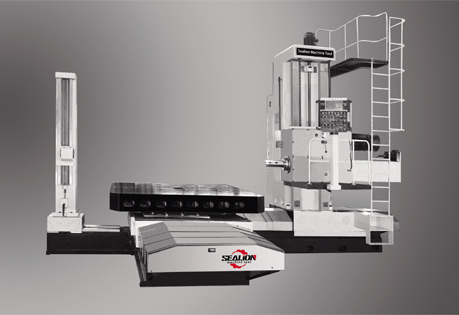
Green Precision: Sustainable Practices with Automated Milling in Eco-Friendly Production.
In the modern era, sustainability has become a pressing concern for industries all around the world. With the ever-increasing focus on environmental conservation, businesses are constantly seeking inn...


